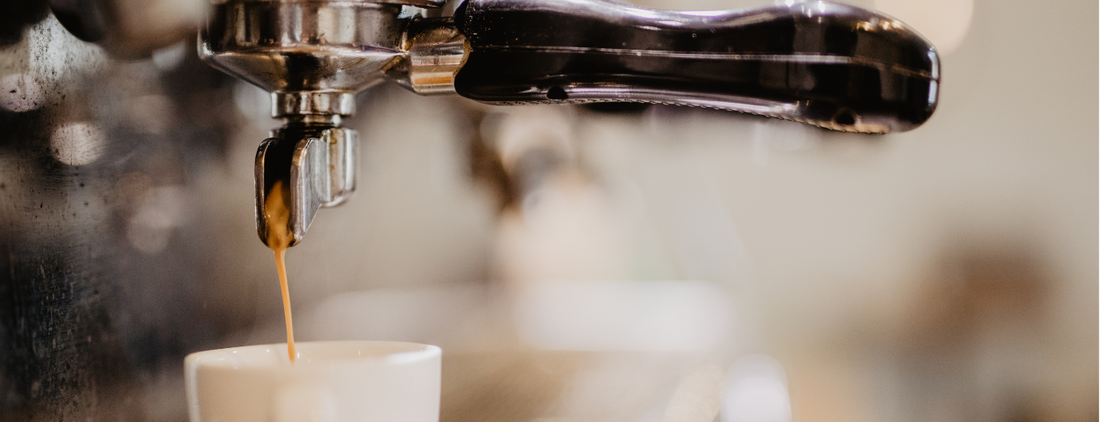
Espresso vs Regular Coffee: What's the Difference?
Share
First, think of Espresso as being a concentrate, and Regular Coffee being diluted, in comparison. Espresso often has around a 2:1 ratio of water to coffee, and Regular Coffee is around 16:1.
Secondly, the way it is brewed differentiates the two. To be “espresso,” means it was brewed on an espresso machine where pressure is involved in the brewing method.
Regular coffee can be brewed a number of ways. The water is poured over top of the grounds (by a machine or manually), or the coffee is immersed in water for a period of time (think French Press).
Thirdly, the grind size for espresso is always super fine, often referred to as “espresso” grind, for obvious reasons.
The grind size for regular coffee spans a wide range, depending on the brewing method. For example, one can use an Aeropress recipe using a super fine grind, or a coarse grind when brewing with a French Press.
Fourthly, regarding the Roast Level, in Italy where espresso became popular they often use dark roasts. But dark roasts do not need to be used for pulling tasty shots of espresso. In fact, my opinion is that it is best to use medium or even lighter roasts.
You can use any type of coffee for espresso- no matter the origin or the roast. With that being said, not all will taste equally good when brewed as espresso. Typically, coffees that have flavor notes of chocolate and nuttiness with a thick creamy body are often used for espresso, since most consumers drink espresso paired with steamed milk- lattes, cappuccinos, etc.
This is why medium and dark roasts are typically used for making espresso, since they usually contain the characteristics mentioned above.
Lighter roasts, which are often more acidic and fruity, typically don’t pair as well with milk; however, there are certainly exceptions, especially depending on one’s preferences. In Third Wave cafes, light roasts are often the norm.
Roasters will often sell Espresso blends, meaning they roast and build a blend that tastes great as an espresso shot. These blends can also be brewed as regular coffee.
There is so much more that could be said on this topic, but that pretty much covers the basics! As always, please reach out if you have any questions- jed@gnosiscoffee.com. :)
